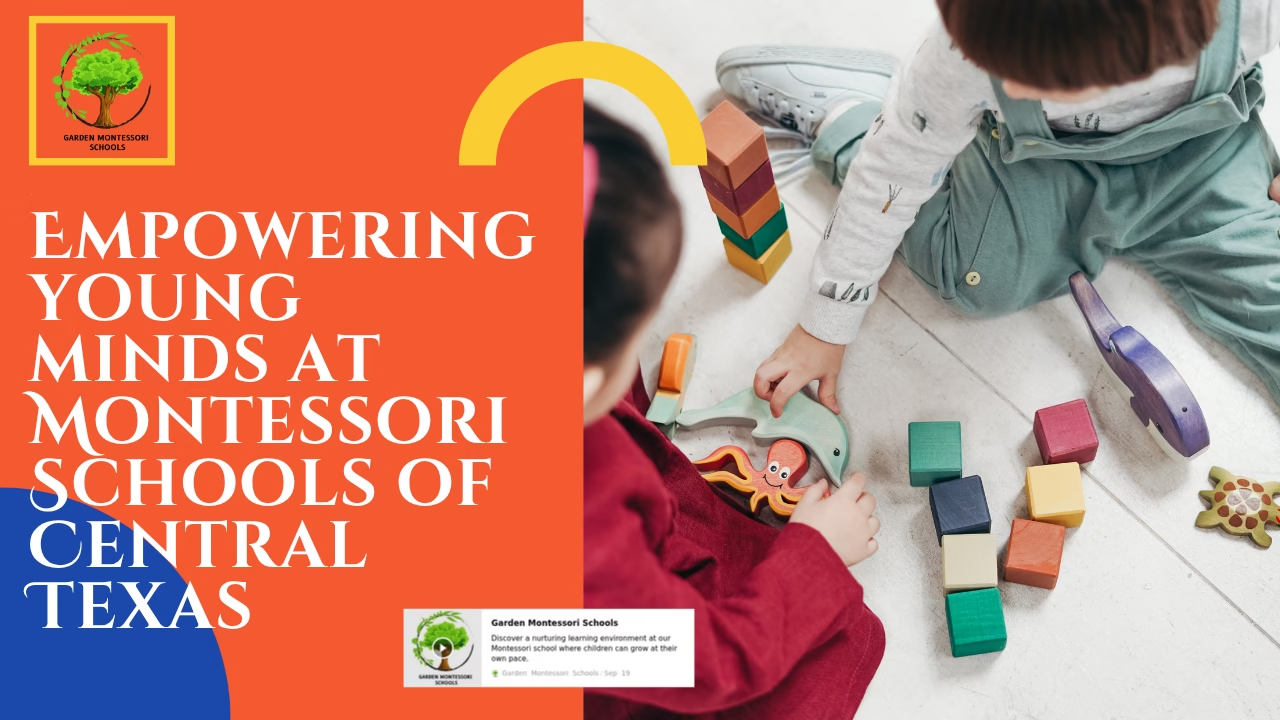Activities such as counting objects within the household or reading bedtime stories help foster confidence and curiosity while also enabling children to gain new skills.
At this stage, semi-formal learning environments aid in the transition to formal schooling while strengthening the parent-child relationship.
We all know that parents can do almost anything when it comes to their children, and in this case, providing enriching educational experiences that are both enjoyable and affordable is easy with just a touch of imagination.
Let’s explore how to make preschool learning activities at home enjoyable, effective, and developmentally appropriate for preschoolers.
Why Are Preschool Learning Activities at Home Important?
Recall that preschool-oriented learning activities hold significance for a child’s development – this is true no matter if the learning takes place in a physical or digital context. This is because such activities foster basic competencies, including verbal interaction, gross and fine motor skills, and self-regulation, among others.
Eager to learn, children, in particular, gain from doing work in a comfortable, familiar place, where they enjoy the liberty of freely asking questions, making errors, or failing and trying repeatedly.
Set tasks that the child completes personally at their predetermined rhythm, guided by their interests, to yield more rewarding interaction. Additionally, learning at home is an effective way to build confidence and foster stronger relationships with parents and children.
Listening to stories, doing jigsaw puzzles, or sorting shapes stimulates the learning of fundamental concepts in young learners in a pleasant environment.
How can parents create effective learning environments at home?
Even if you decide to teach your preschooler at home, there is no need for a classroom to get them motivated. The first step would be to set a timetable or schedule that includes a dedicated learning segment or block.
A focus area can be quiet with limited distractions and features child-sized seating. To make the region more fun and exciting, you can decorate it with charts and alphabet posters.
Achieve active learning by providing storybooks, blocks, flashcards, and other hands-on and interactive learning aids.
To maintain enthusiasm, move tasks around – art one day, numbers another, nature exploration next, and so on – and constantly praise to foster confidence. Parents can turn any room into a thriving educational zone tailored for preschoolers as long as the attitude is right.
What Types of Preschool Learning Activities Work Best at Home?
The most effective preschool learning activities at home are entertaining, engaging, and interactive. Simple crafts hone fine motor skills, and singing and dancing develop rhythm and memorisation. A child’s vocabulary and listening skills are further developed through storytime.
Did you know that even counting fruits, toys, and other items can help build basic mathematical skills? Moreover, pretend play, as well as colour sorting, can help advance social and cognitive skills.
Lastly, everyday activities such as setting a dining table or sorting clothes can be turned into effective teaching moments.
Activities should be tailored to the child’s age range while remaining engaging and captivating. To enhance learning, select options that align with the child’s interests and energy levels.
When Is The Ideal Time To Start Preschool Learning at Home?
You can initiate preschool learning activities at home as early as two years of age. Dr Steiner believes that young children absorb information rapidly due to their natural inquisitiveness. He also stated that forming learning routines is best started at an early age, as it allows for concentration and facilitates learning numbers, letters, shapes, and colours. Young children do not need to be pressured; short, playful sessions are often better than long, strict ones.
Most importantly, noticing the child’s interests and readiness levels is just as essential. As moving around may help some people learn better, picture books can be provided for those who enjoy reading.
Teaching children at a young age ensures that they get ahead of the learning curve, thereby reducing stress throughout the learning process.
FAQs
What is the ideal duration for preschool learning at home?
For young learners, 30 to 60 minutes of daily practice is more than sufficient.
Can I use mobile apps for preschool learning?
Yes, some educational mobile apps can be helpful when used in moderation.
Is it necessary to follow a strict routine?
It’s not a strict one, but consistency and routine help children adjust to their new environment.
Do I need special tools for home-based preschool learning?
No, basic tools such as books, toys, and paper crafts are more than enough.
Conclusion
Educational tasks are an excellent way to help preschoolers start school at their own pace. When done right, parents’ imagination and care can create an ecosystem that supports a child’s mental, social, emotional, and intellectual growth.
The learning path is best traversed in small yet frequent steps, so do it together and have fun.



